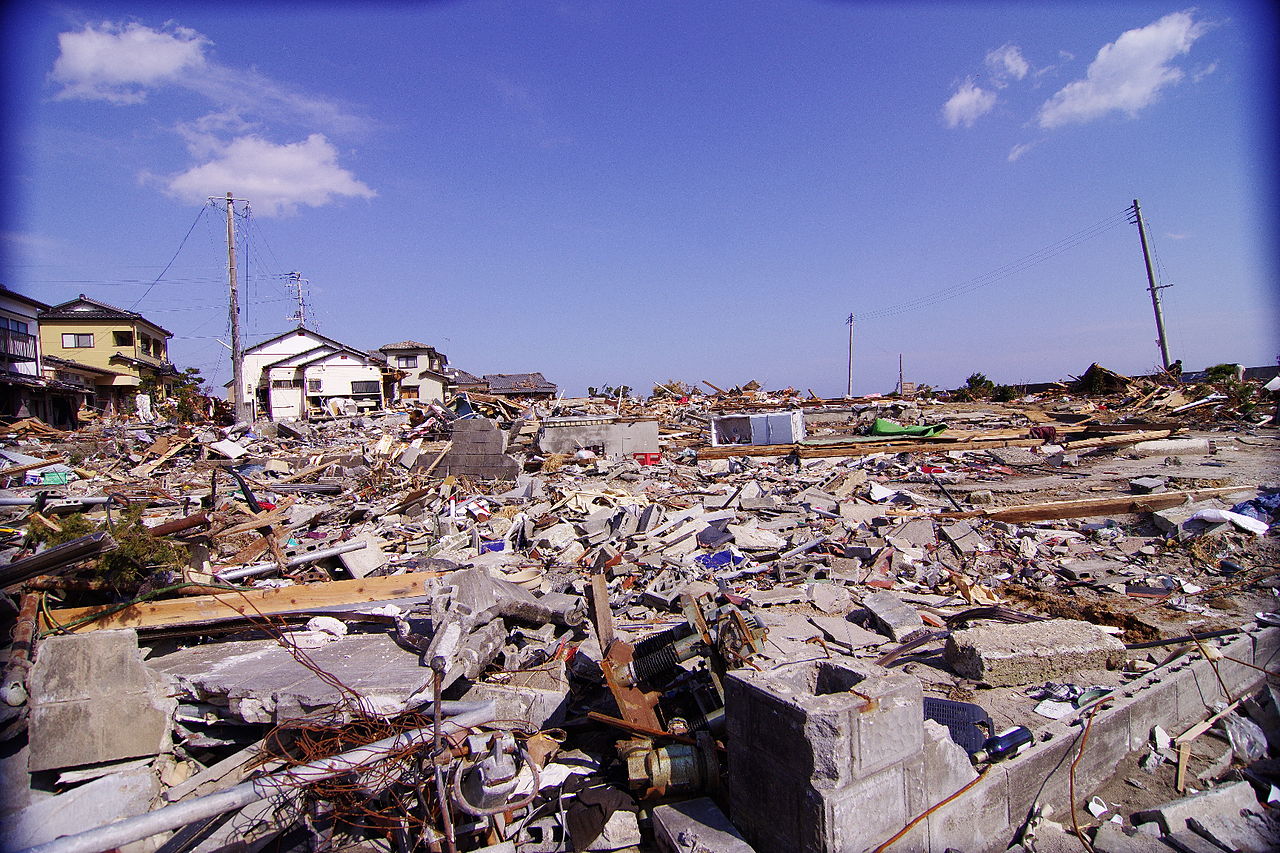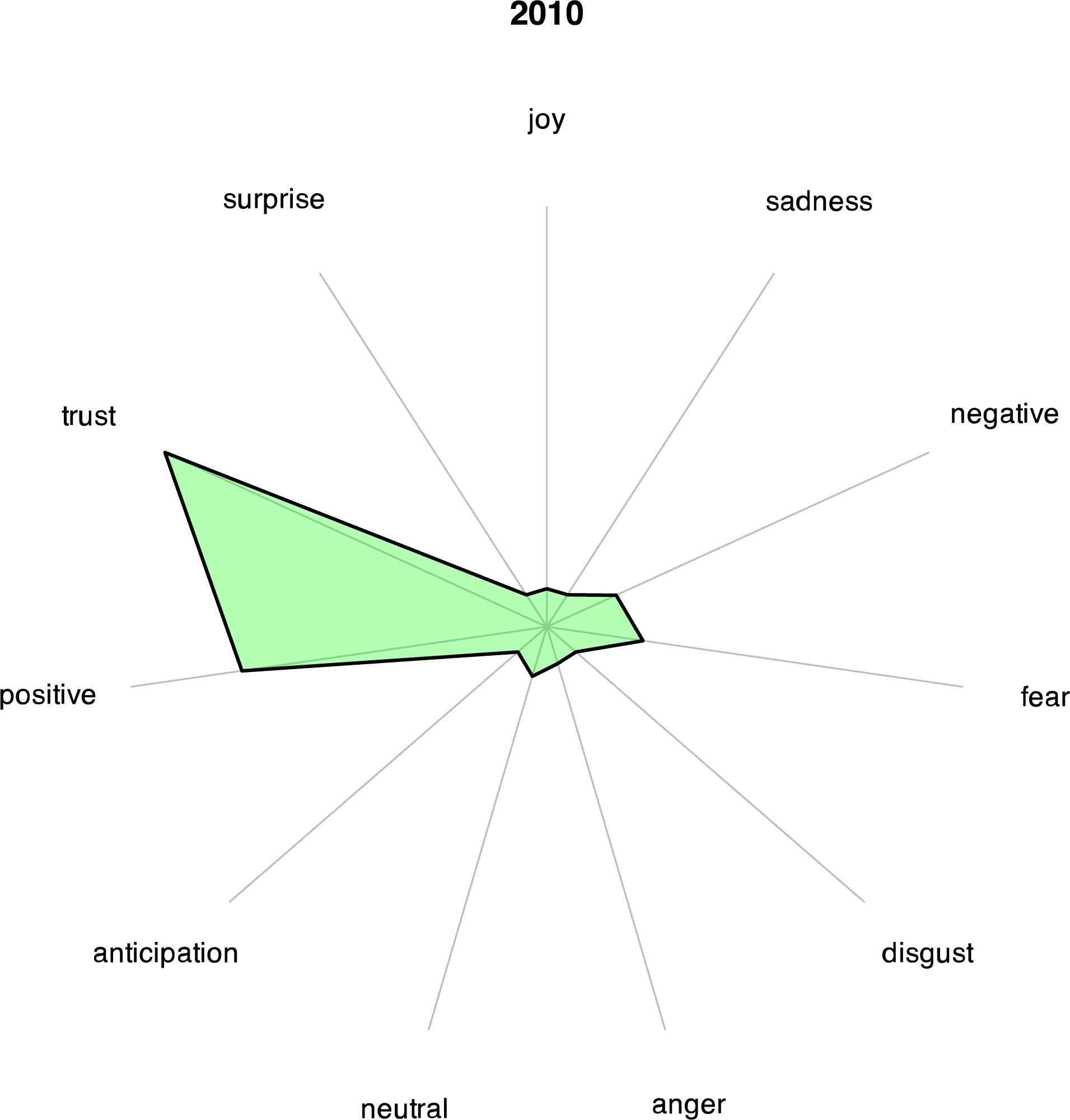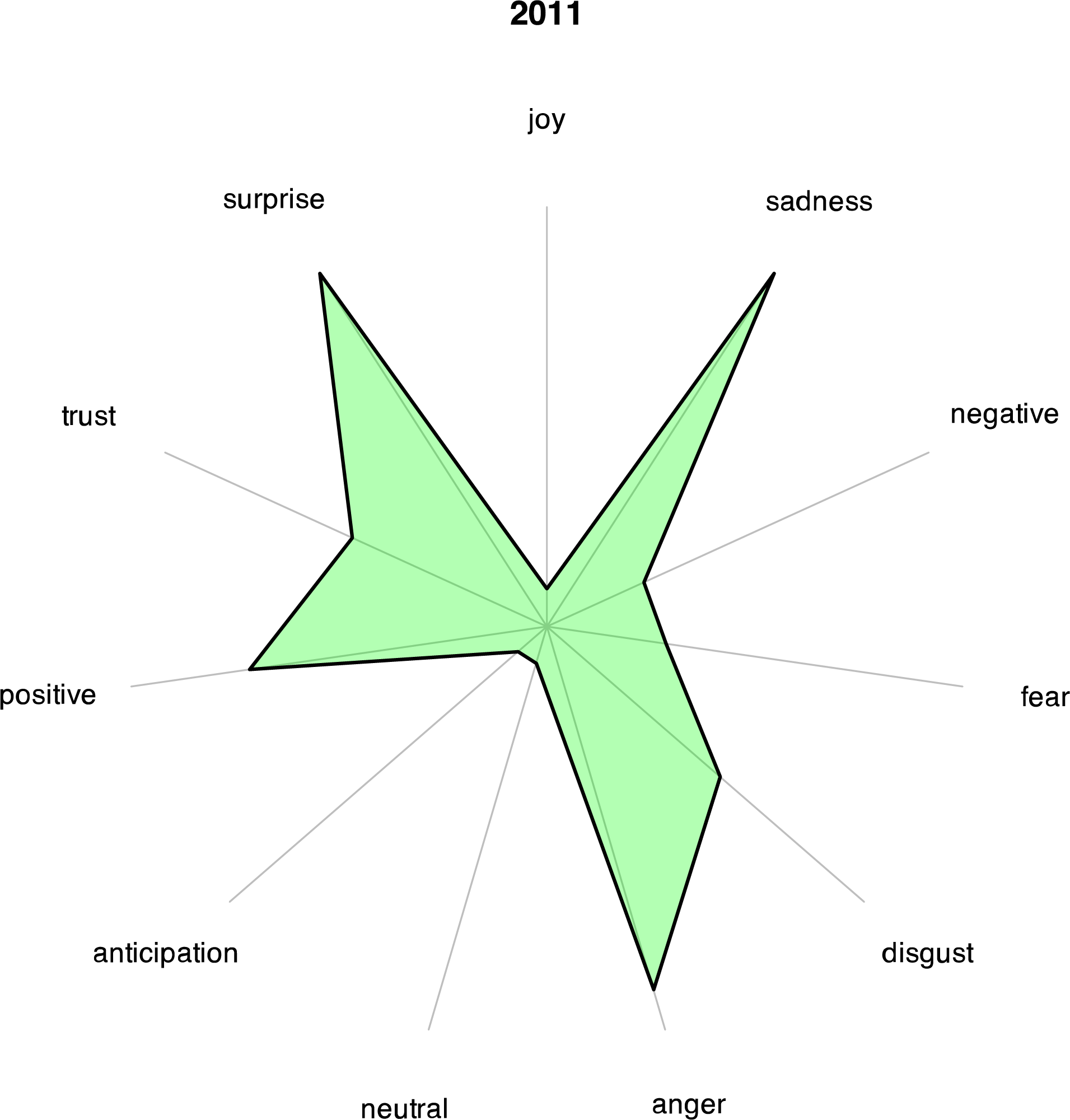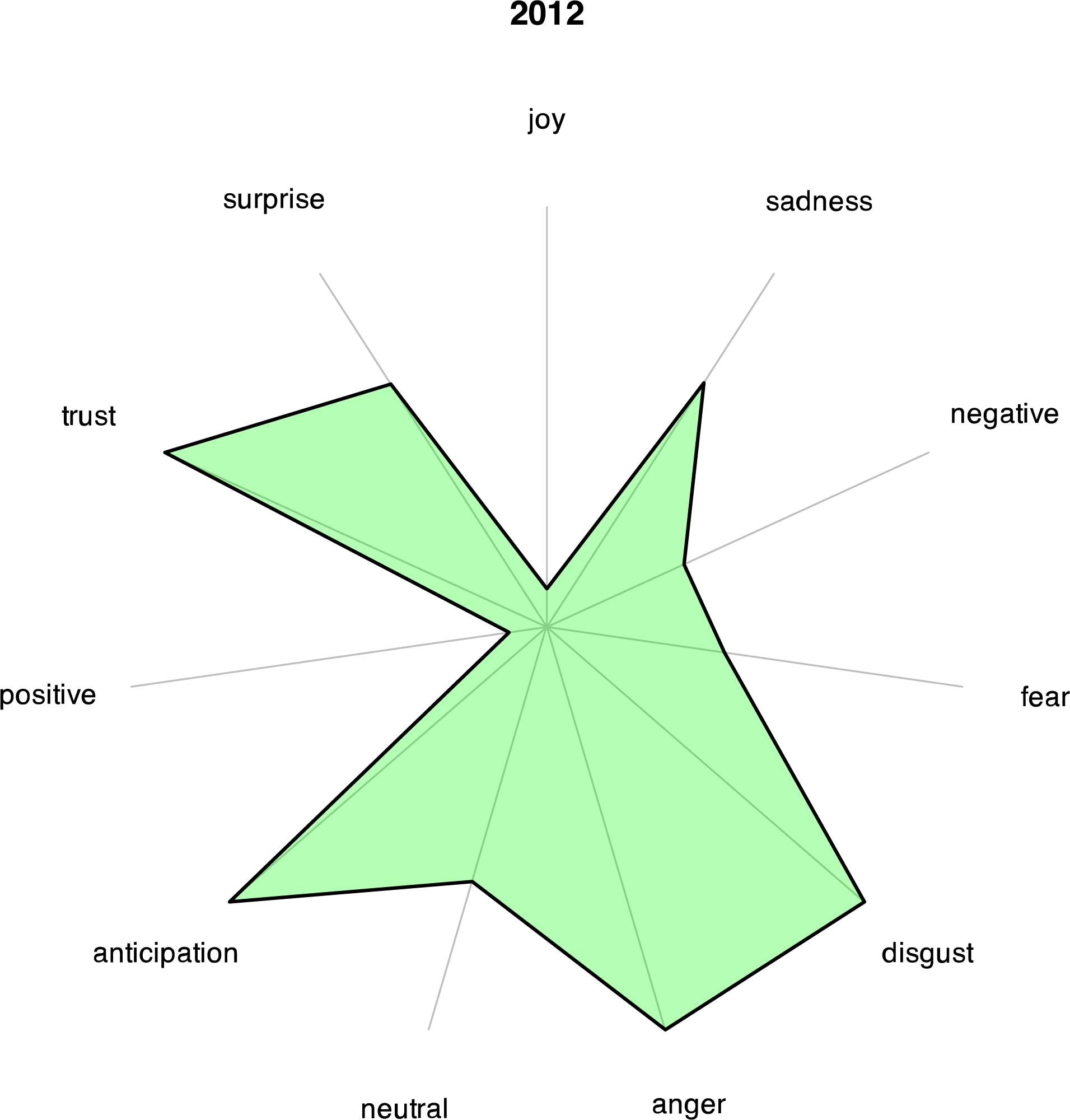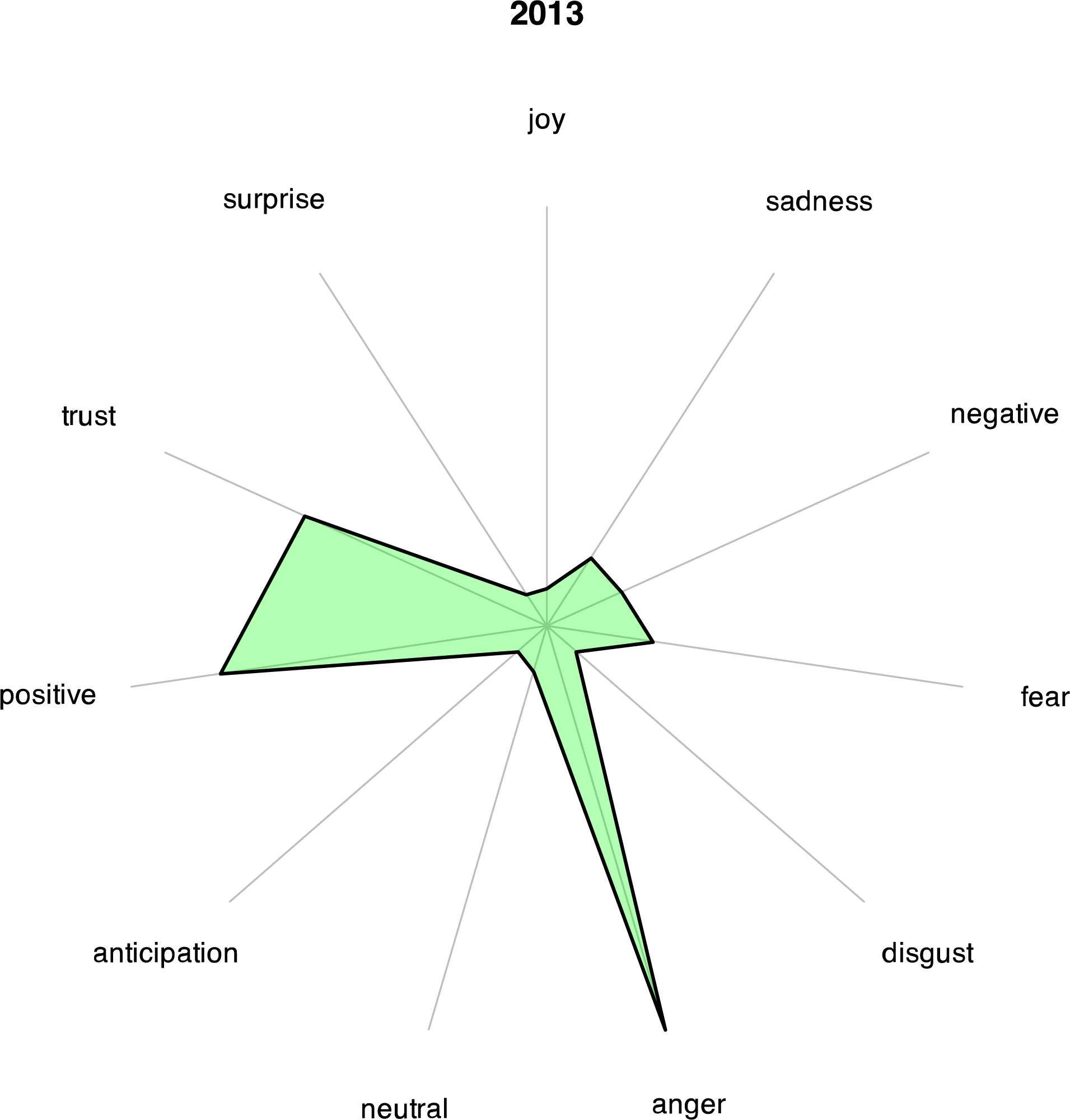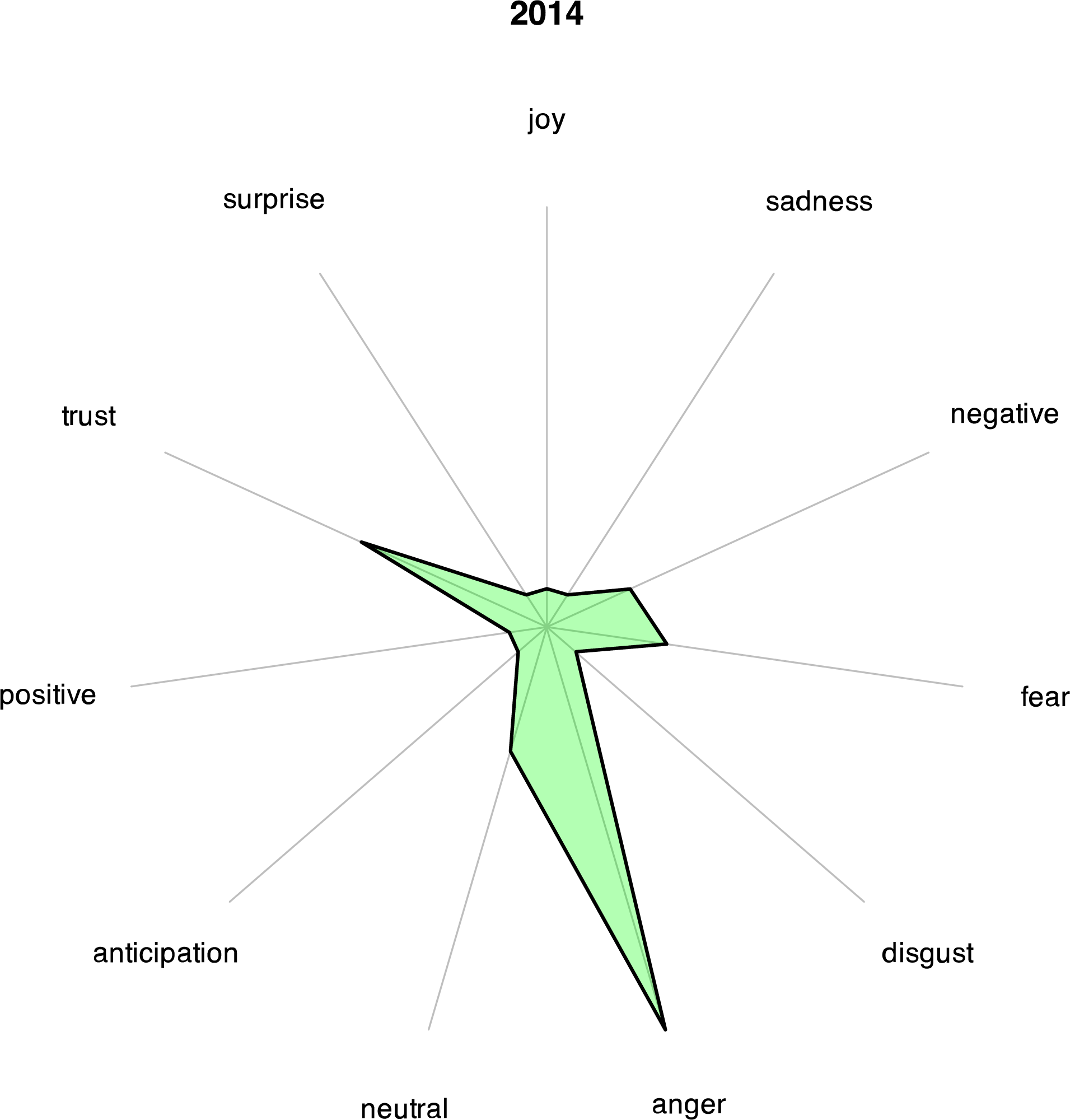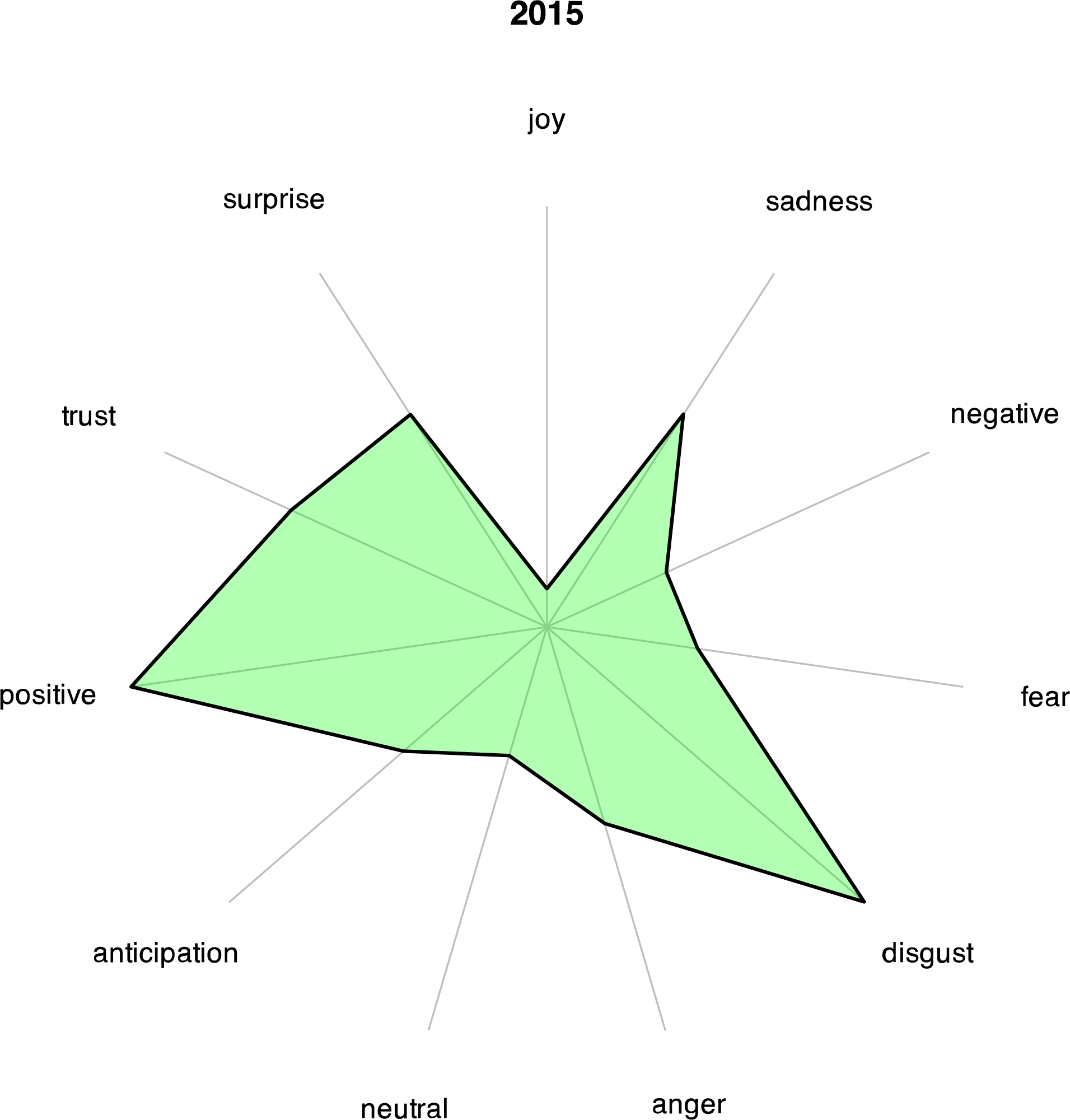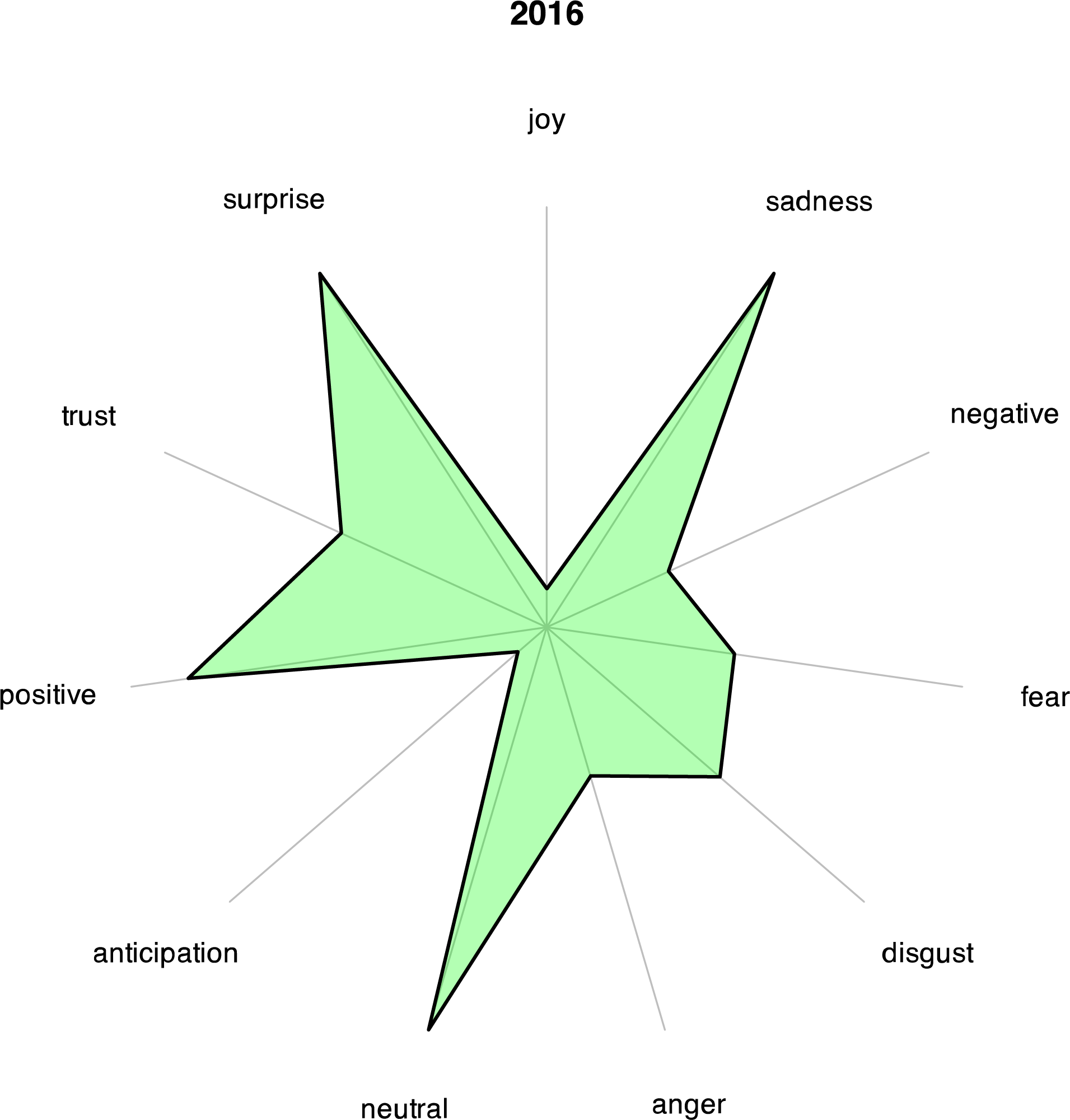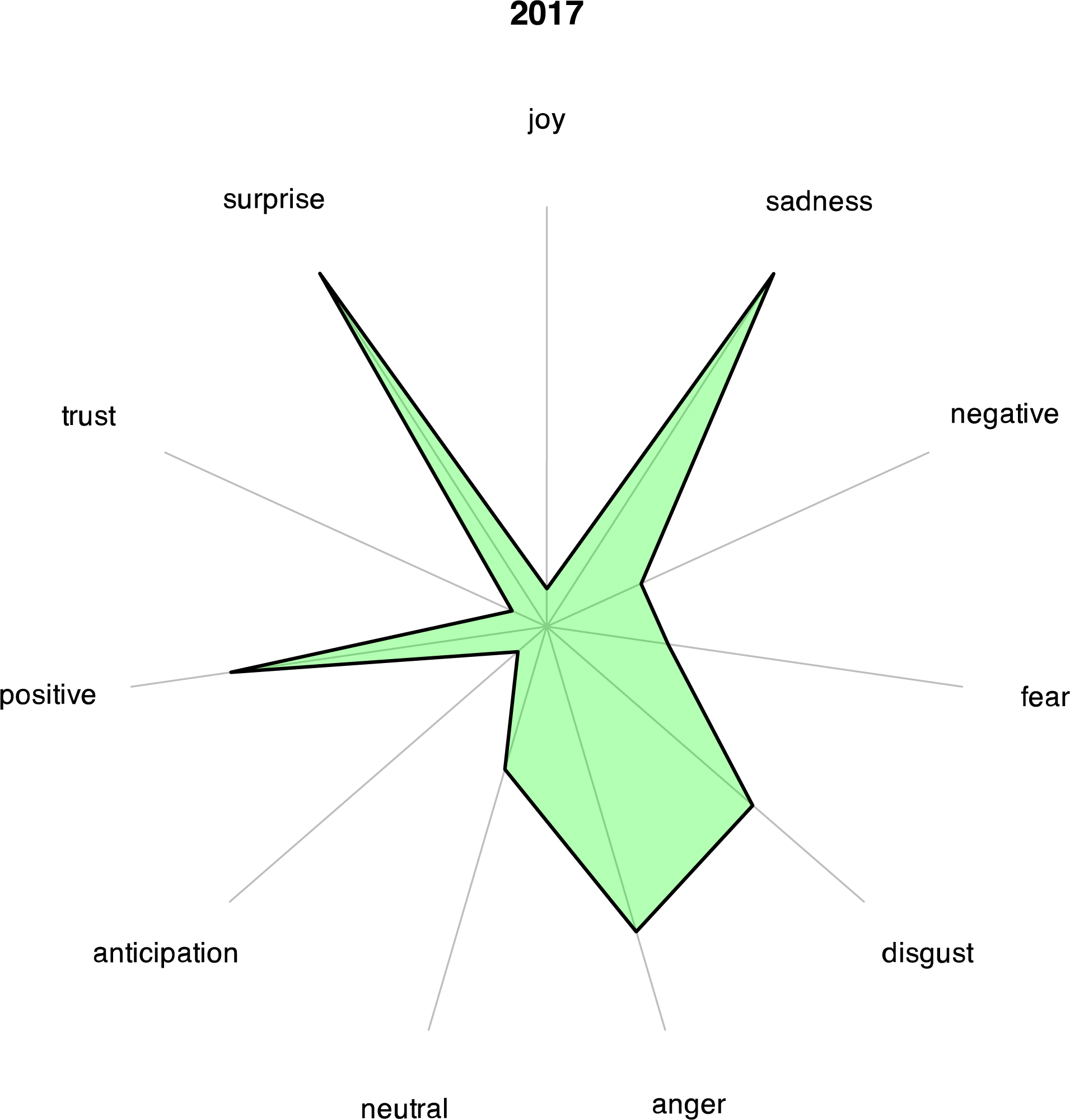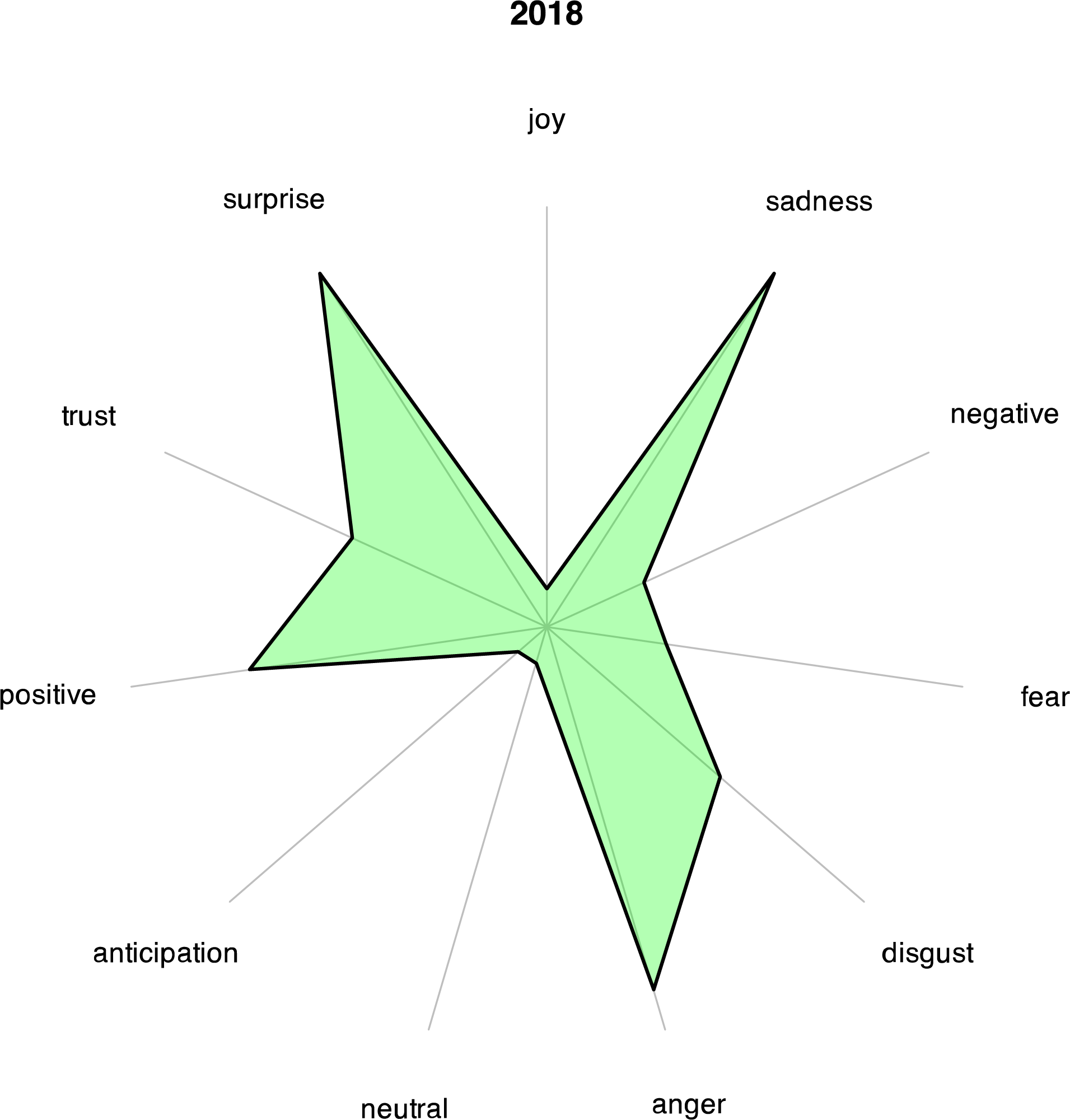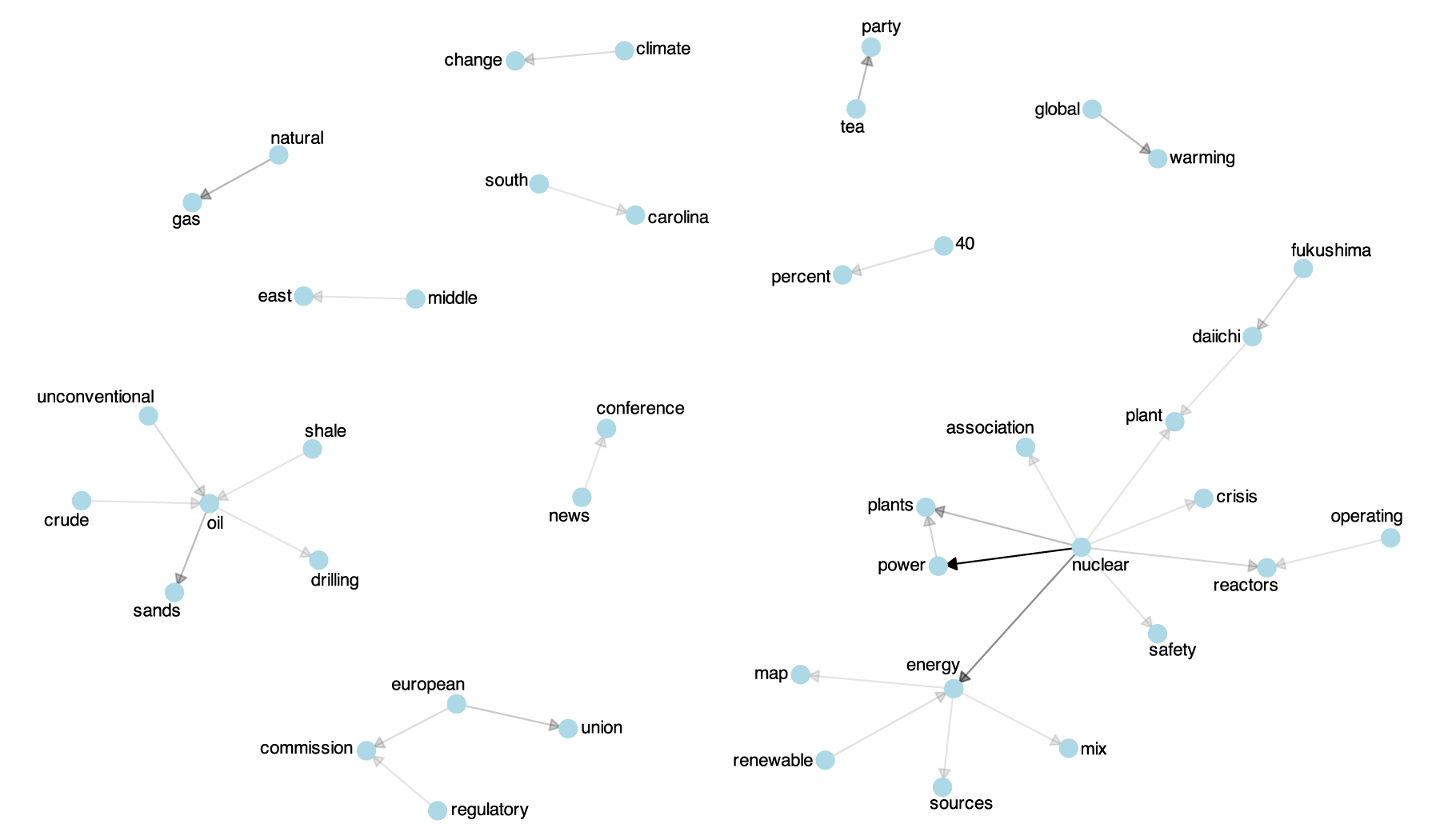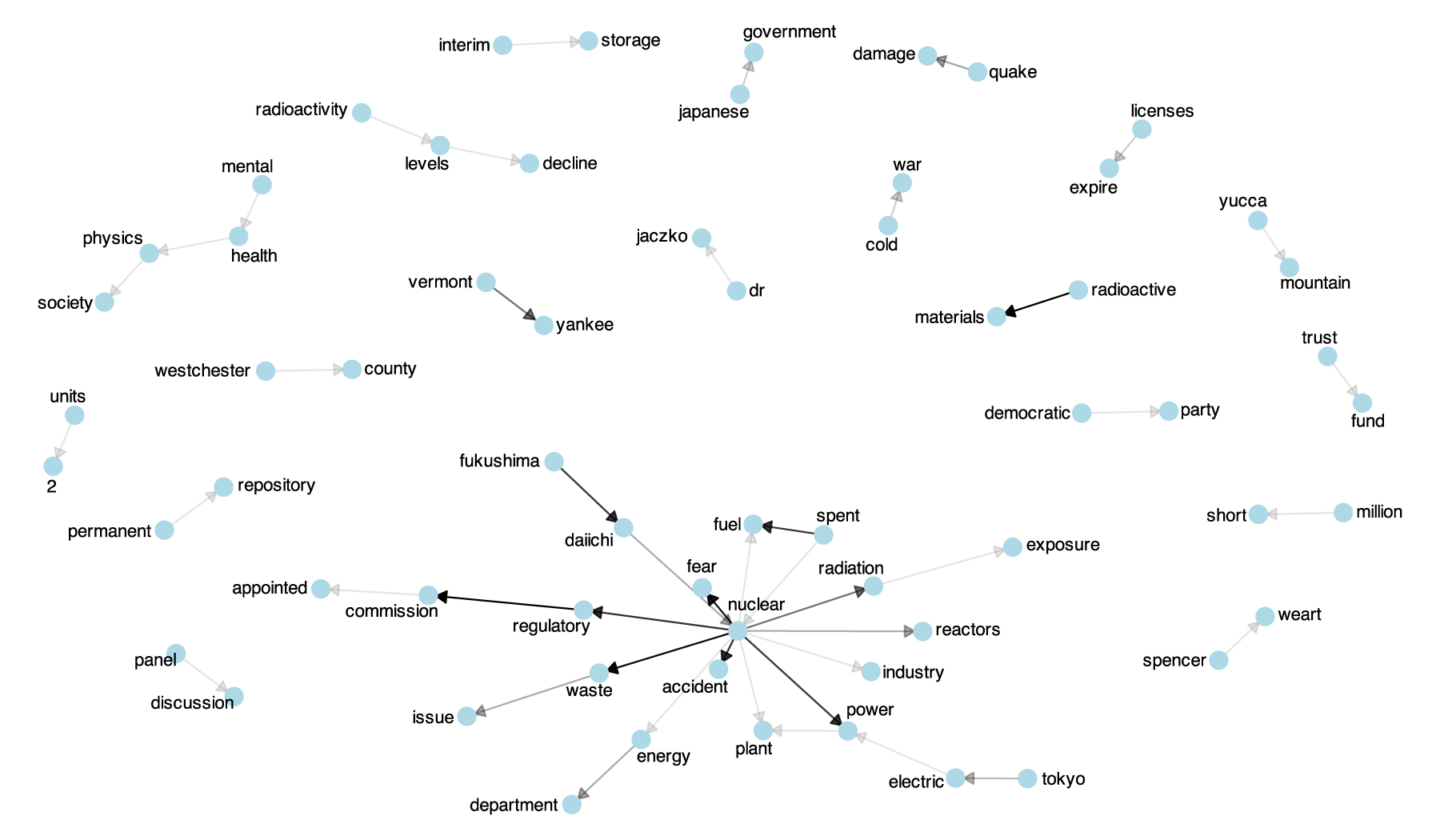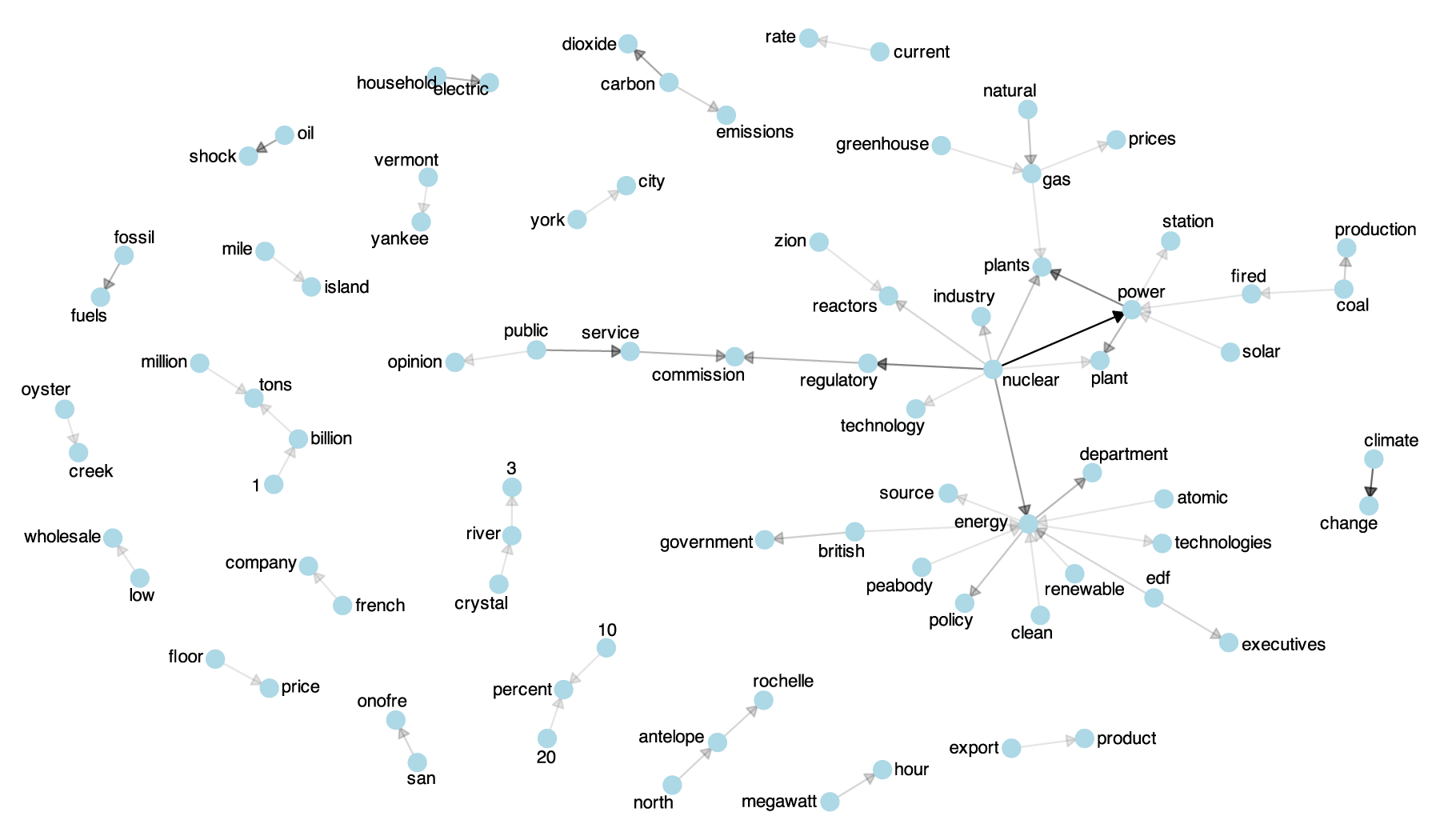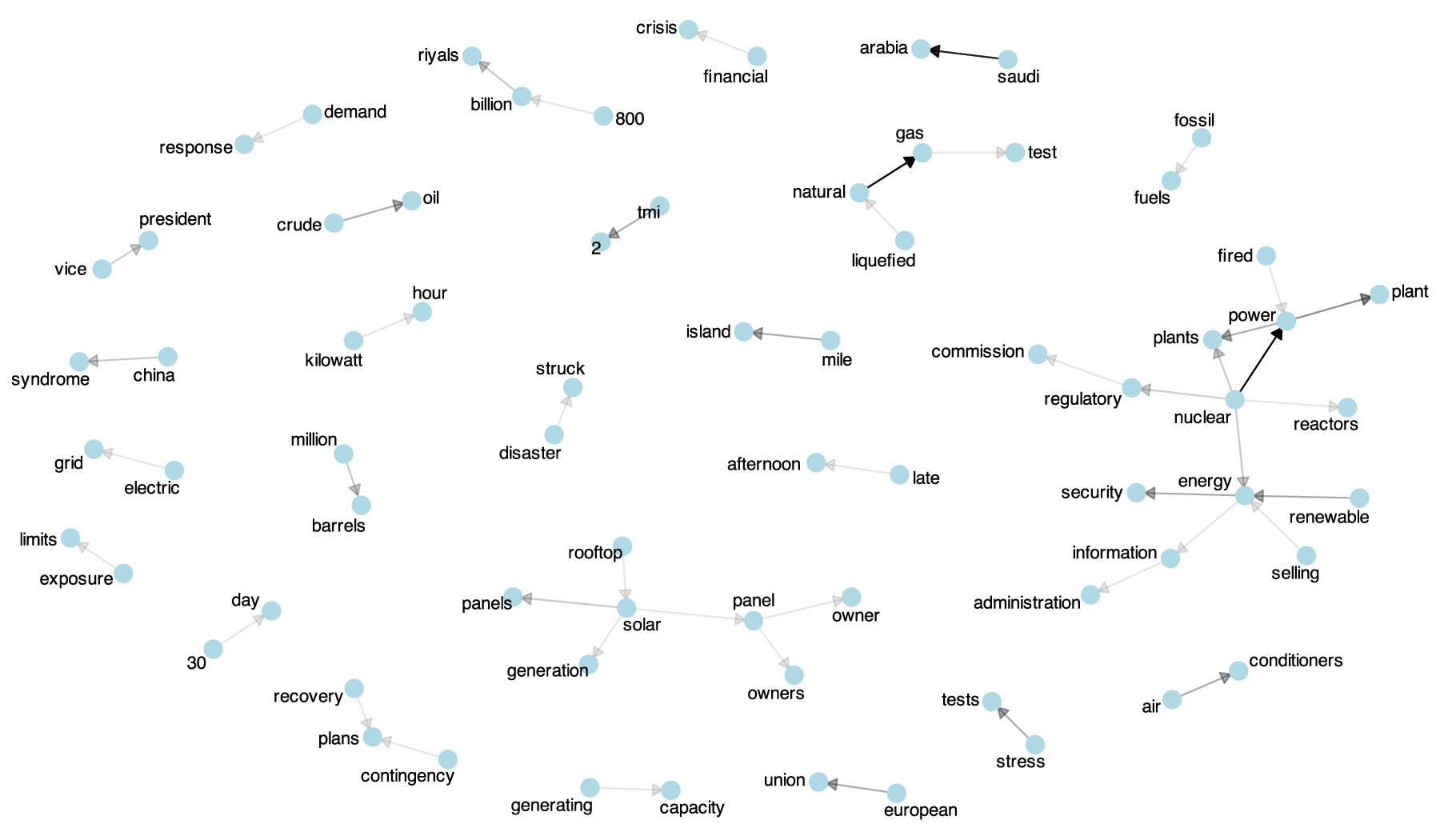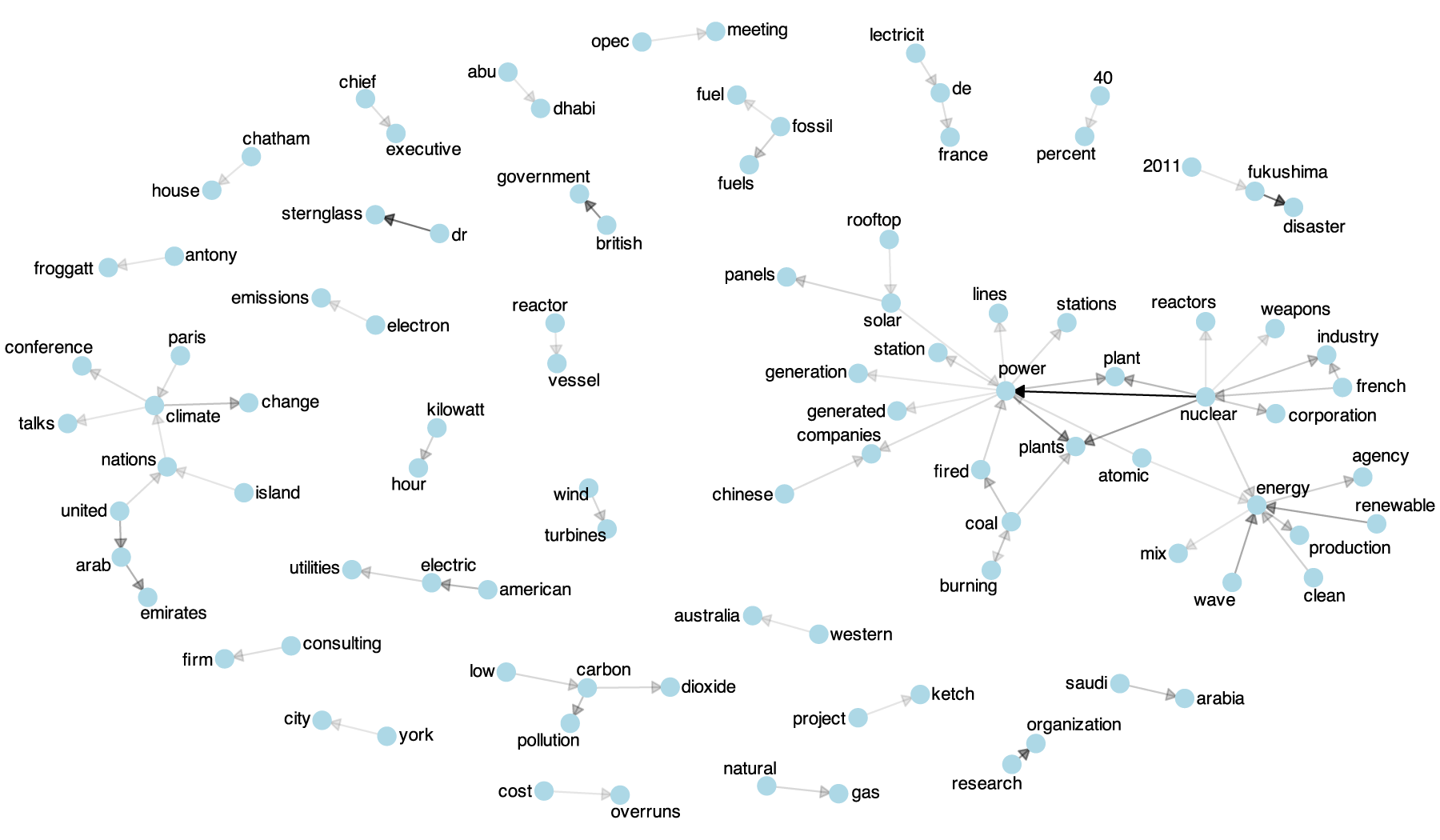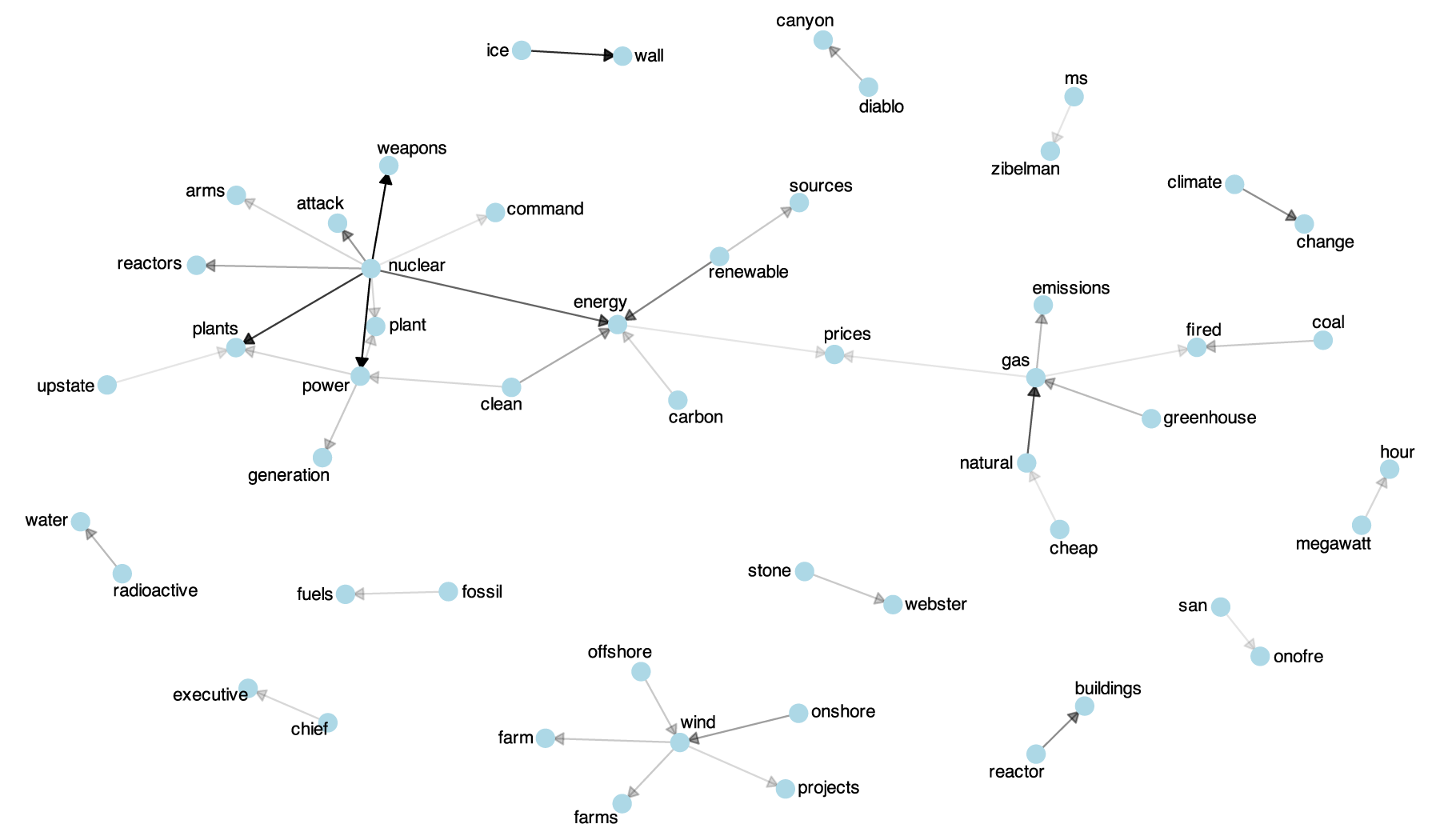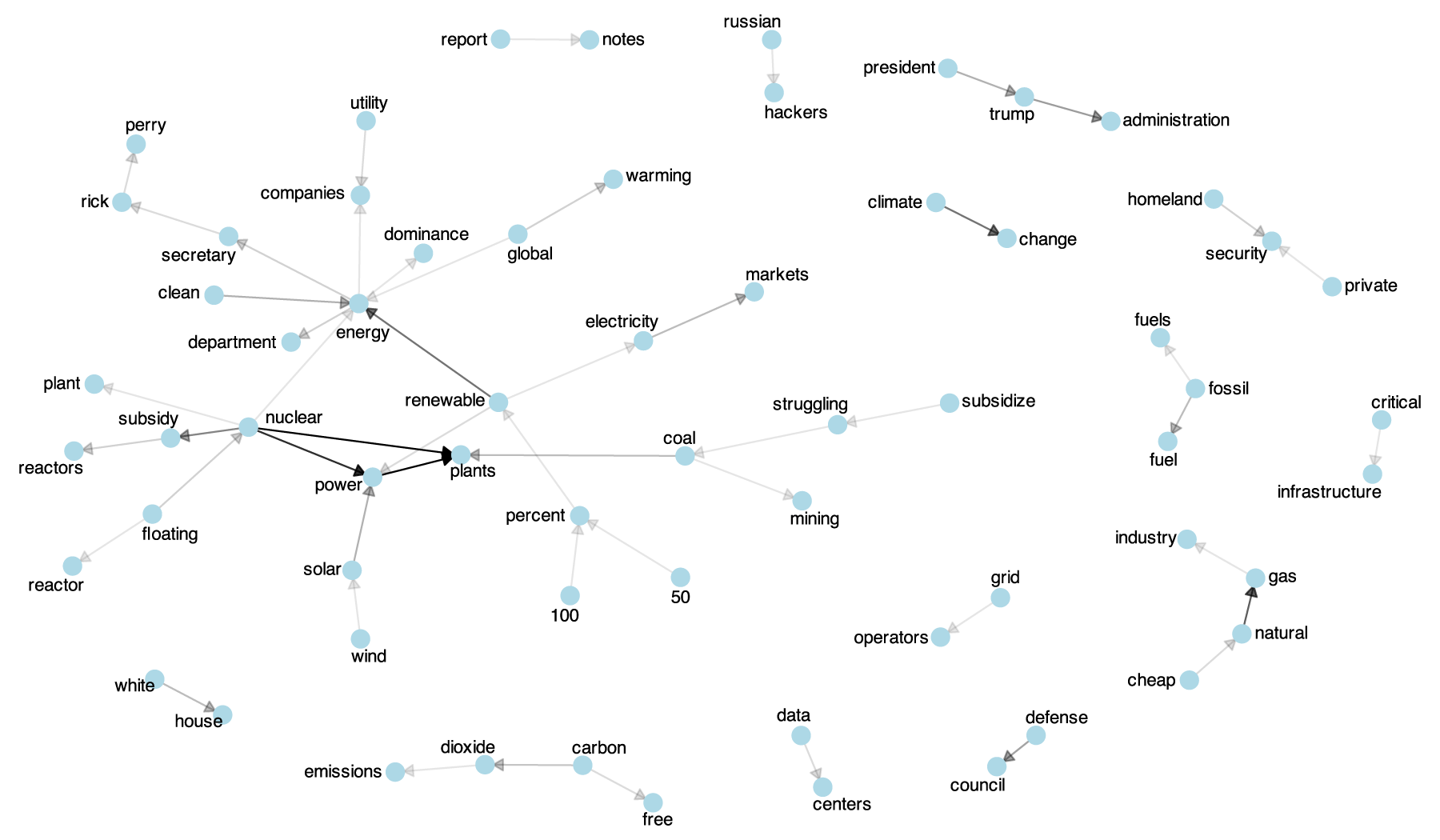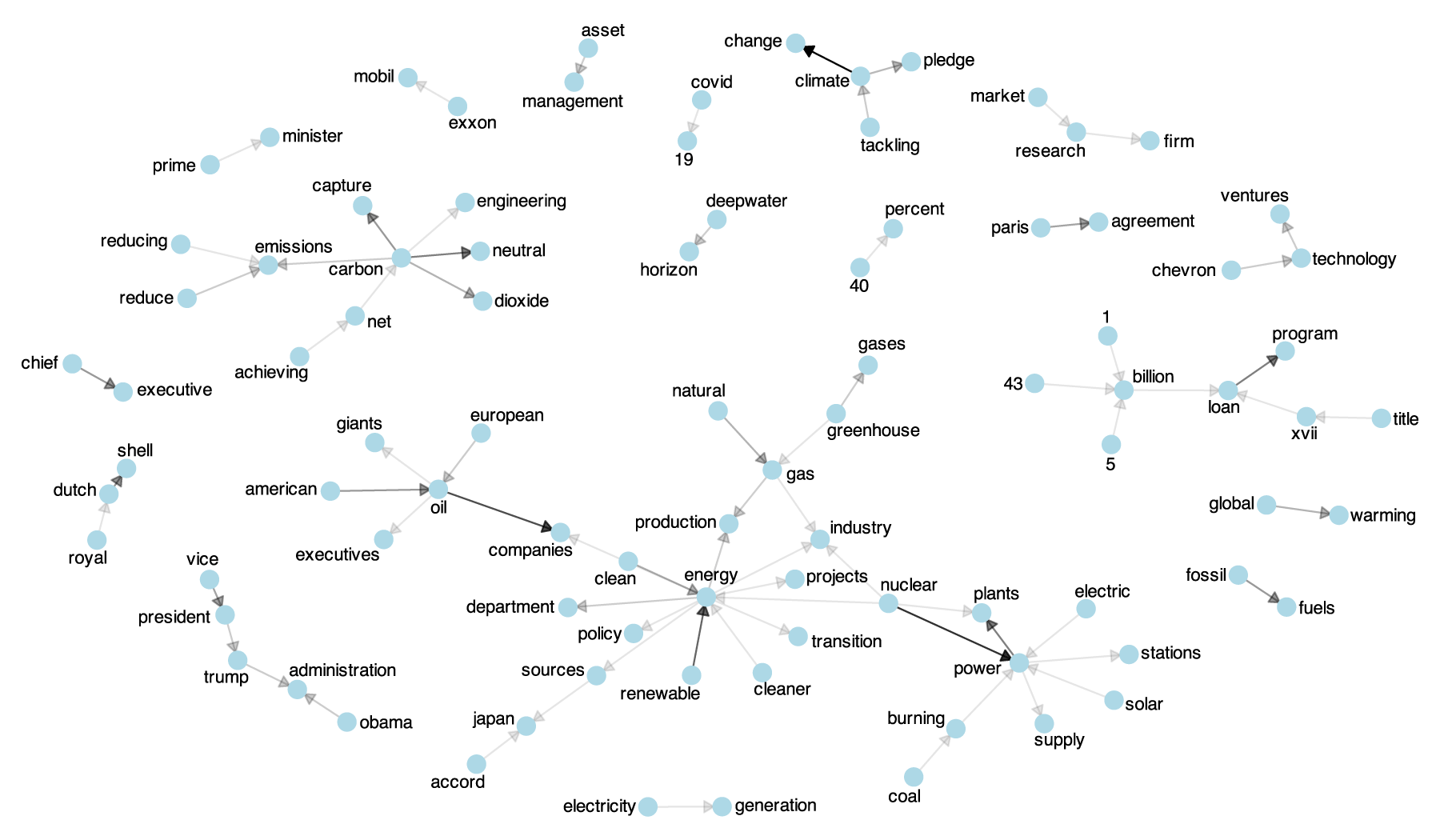Confusion swam through Heather Hoff's mind as she sped through the darkness along the winding curves of the private access road that hugged the Pacific coast. To her right were the familiar rolling hills of California dotted with shrubbery. To her left, the inky black expanse of the Pacific Ocean. She had been urgently requested to report back to work before authorities closed access to the coastline stretching from Avila Beach in the south to Sonoma in the north.
"What's going on?" Hoff asked as she stepped into the briefing room of Diablo Canyon Nuclear Power Plant about 12 miles south-west of San Luis Obispo, California. "Tsunami watch," she was told. She and her fellow relief reactor operators were to go and watch the ocean for a rapidly receding tide, a harbinger of the chaos to come.
For Hoff, chaos began earlier that evening as she stood at her duty station in the reactor control room. The lone television in the briefing room informed the control room personnel of a large and powerful earthquake on the other side of the Pacific off the coast of Japan. The resulting tsunami washed ashore, flooding everything up to over six miles inland. Standing in the path of the formidable wall of water was Diablo Canyon's sister nuclear power plant: Fukushima Daiichi.
"Those are my fellow nuclear operators that were terrified," said Hoff. "They don't know if their families were okay and their coworkers were around the plant. They don't know if people are dead. They don't have any indications of what's going on. It was a nightmare scenario."
The nightmare was just beginning. As the media coverage of the unfolding calamity intensified, misinformation began to spread. Nuclear industry insiders, like Hoff, had access to more information than the general public. But that did not prevent rumors from spreading that a burning spent fuel pool was indicative of an imminent explosion.
"The Chernobyl accident was bad because the core itself exploded and distributed [debris]," Hoff said, explaining why the Soviet government evacuated the nearby city of Pripyat, Ukraine, when a reactor core exploded at the Chernobyl Nuclear Power Plant in April 1986. "So if the fuel pools burned or exploded, that would be kind of a similar situation. I'm terrified. I was thinking, 'it's the next Chernobyl and there's three of them.'"
Ultimately, not only was the rumor proven false, it was revealed that it was perpetuated by Gregory Jaczko, the former Commissioner of the Nuclear Regulatory Commission.
"And (the media) just ran with it," Hoff said with annoyance in her voice.
Seeds of resistence
Since the Fukushima accident, climate change has come to the forefront of the public consciousness. According to the World Meteorological Organization, eight of the warmest years in recorded history have occurred since 2015. A 2022 report published by the United Nations Environment Program (UNEP) suggested that humanity's window to limit global warming to 1.5ºC might be closing more rapidly than previously thought. Calls to decarbonize the energy grid have intensified but frequently omit nuclear energy because of decades of negative media coverage that calcified a negative perception of nuclear energy in the public consciousness. Despite this negative view, it is unconscionable to sideline nuclear energy as a viable method of low emission electricity production in this age of accelerated climate change.When nuclear energy made its debut in the 1950s, it was heralded as a revolutionary source of electricity that was going to be "too cheap to meter," as the saying went. But fears of a nuclear catastrophe were never far from the public's imagination. 1979 saw the theatrical release of "The China Syndrome," a disaster film about technical deficiencies at a nuclear power plant which, by the end of the movie, results in the partial meltdown of the reactor core. Although a fictitious scenario at the time, it alerted an uneasy public to the potential dangers inherent to nuclear energy.
Barely two weeks later, a reactor core partially melted down at the Three Mile Island Nuclear Power Plant in Pennsylvania, resulting in the worst nuclear accident to occur on American soil.
The double whammy of "The China Syndrome" and the Three Mile Island accident spooked an already ambivalent public, triggering mass protests, generating enormous amounts of press coverage, and breathed new life into antinuclear movements across the country. Imagery from the news media's coverage of the accident often featured cooling towers, a distinctive feature of nuclear power plants. Their hyperbolic chimney-like structure with a broad base and smooth curving sides that flare out at the top instantly became synonymous with everything wrong with the nuclear power industry.
Such high profile events are what Silje Kristensen, a researcher at the University of Bergen in Norway, termed "key events." Key events fundamentally alter the subject's relationship with the media when measured by the amount of coverage and how the subject is portrayed. In her 2016 literature review, Kristensen identified three events in the course of nuclear energy's history that contributed to its widespread negative perception: the Three Mile Island accident in 1979, the Chernobyl accident in 1986, and the Fukushima accident in 2011.
But more than the accidents themselves, it is the stories of the people affected by the accidents that hold the most emotional sway.
"Humans are an emotional animal, so we are going to react with emotions," Kristensen said. "I get to meet these people who are directly affected and I feel emotions. I empathize with them and I think, 'Is this technology worth that kind of suffering?'"
Despite the initial surge of negative sentiment, public opinion of nuclear power does not shift dramatically in the long term, as noted in a 1994 study which showed that public opinion post Three Mile Island shifted by only six percentage points. These poll results, gathered in the years following the Three Mile Island accident, demonstrate that media sentiment alone is insufficient to significantly sway sentiment in the long run.
An analysis of articles that appeared in the New York Times from 2010 to 2022 shows that despite a surge of negative coverage in the immediate aftermath of the Fukushima Daiichi accident in 2011, negative coverage quickly gives way to more ambivalent, nuanced coverage.
